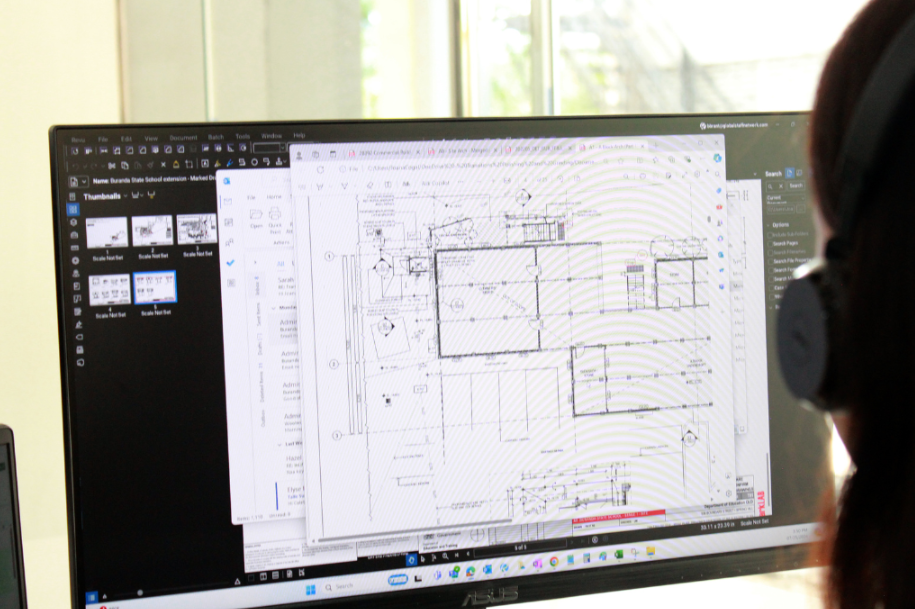The building and construction industry in Australia plays a pivotal role in the nation’s economy, contributing to infrastructure development and creating thousands of jobs. However, this industry faces dynamic changes and challenges that stakeholders must navigate to stay competitive. From embracing new technologies to addressing labour shortages, staying informed about these trends is essential. In this article, we explore the latest trends and challenges shaping the building and construction industry in Australia and how companies can adapt to them.
1. Sustainability and green construction
One of the most significant trends influencing the building and construction industry in Australia is the push towards sustainability. Increasing awareness of environmental issues and stricter regulations have pushed developers and contractors to adopt more eco-friendly practices. Green construction techniques, such as using energy-efficient materials, reducing carbon footprints, and integrating renewable energy systems, are becoming the new norm. Companies that embrace these changes not only contribute to environmental conservation but also benefit from cost savings and enhanced marketability.
2. Technological advancements
Technology is transforming the building and construction industry in Australia at an unprecedented pace. Building Information Modelling (BIM), drones, and 3D printing are revolutionising the way projects are designed and executed. These technologies improve precision, reduce waste, and speed up construction timelines. For instance, BIM allows for more efficient project management by enabling stakeholders to collaborate on a virtual model before construction begins. Adopting these innovations is no longer a luxury but a necessity for businesses that want to remain competitive in the industry.
3. Labour shortages and skill gaps

One of the pressing challenges in the building and construction industry in Australia is the ongoing labour shortage. Asdemand for infrastructure and housing projects rises, the industry struggles to find skilled workers to meet these needs. This shortage has driven up labour costs and created project delays. Companies must invest in training programs, apprenticeships, and partnerships with educational institutions to bridge the skills gap. Outsourcing labour from overseas markets like the Philippines can also be a viable solution for businesses seeking cost-effective and skilled professionals.
4. Regulatory changes and compliance
The building and construction industry in Australia is heavily regulated, with frequent updates to building codes, safety standards, and environmental policies. Staying compliant with these regulations is crucial to avoiding legal pitfalls and ensuring project success. The rise of digital tools, such as compliance management software, can help companies stay on top of regulatory requirements. Regular training for employees and contractors about changes in the legal landscape is also essential.
5. Rising material costs

The cost of construction materials has been rising steadily, posing another challenge for the building and construction industry in Australia. Global supply chain disruptions, inflation, and increased demand have all contributed to higher prices for steel, timber, and other essential materials. To mitigate these rising costs, companies are exploring alternatives such as prefabricated materials and local sourcing. Managing costs effectively is critical for businesses to maintain profitability.
Conclusion
The building and construction industry in Australia is undergoing significant transformation, driven by trends in sustainability, technology, labour shortages, regulatory compliance, and material costs. To stay ahead, companies need to be proactive in addressing these challenges and leveraging opportunities for growth.
For businesses looking to enhance their operations, Global Staff Network (GSN) provides a seamless solution to the labour shortage. As an Australian-owned provider of offshore talent solutions, GSN specialises in sourcing skilled professionals from the Philippines, ensuring that companies can access the expertise they need to thrive in the building and construction industry.








0 Comments